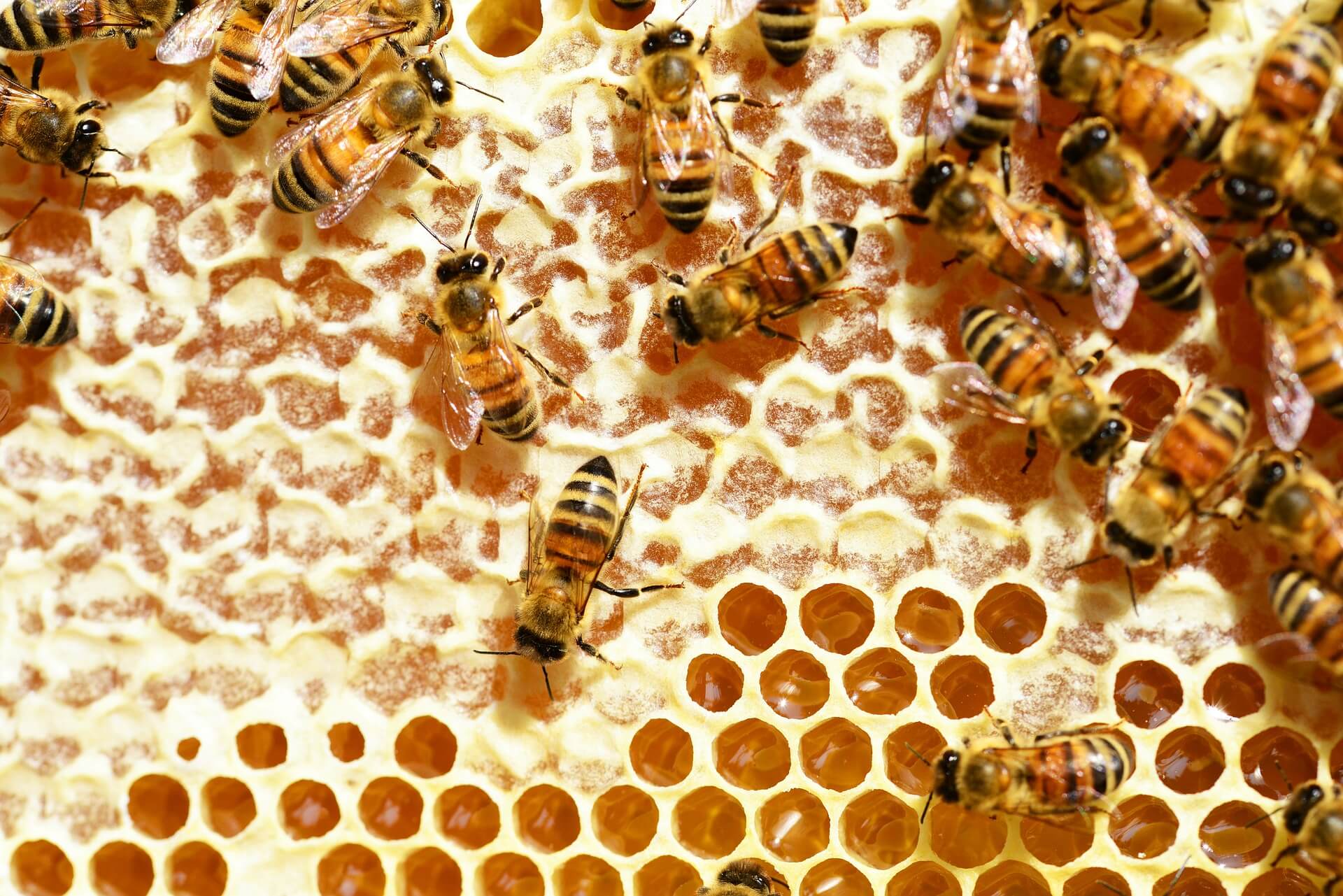
HiSorb high-capacity sorptive extraction probes provide a highly sensitive, robust and fully automatable means of extracting organoleptic compounds from foodstuffs such as honey. The different properties of these compounds mean that sorptive phase combinations must be selected carefully to maximise uptake and achieve the most comprehensive profile.
We report the evaluation of three HiSorb phase combinations – polydimethylsiloxane (PDMS) alone, carbon wide range (CWR) with PDMS and the triple phase combination of divinylbenzene (DVB) with CWR and PDMS – for aroma profiling of honey. The range of compounds extracted by each phase combination differed, as did the relative abundances of compounds that were common to each of the phase combinations. Importantly, the inclusion of additional phases alongside PDMS led to the extraction of substantially more compounds, including those that are important to the perception of flavour.





